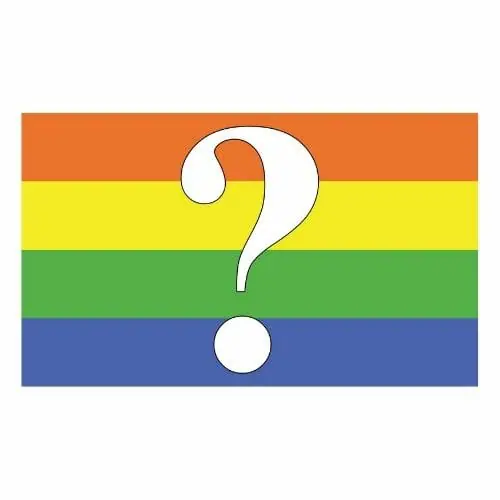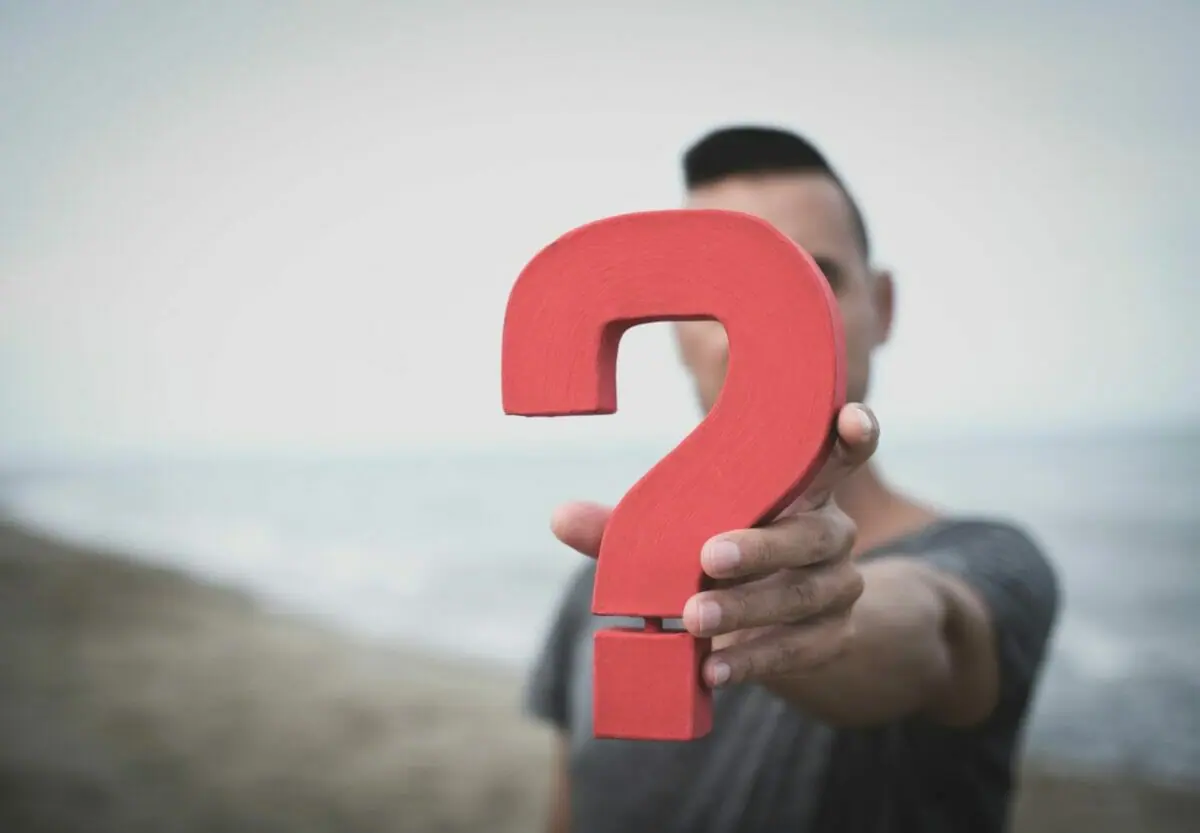While most of us are aware of the iconic rainbow flag, there are many more LGBTQ pride flags that symbolize the diverse sex, sexuality, attraction, and gender identities within our beautiful queer community.
Even while most LGBT people continue to identify with the LGBT rainbow flag, many also want to fly their own flag alongside it.
You can imagine like the rainbow flag is like the national flag: everybody’s underneath that. But each group, like each state, has their own individual flag. Because, you know, representation is fundamental!
The Questioning Pride Flag is one such flag, which you may have seen flying at any number of pride celebrations throughout the world, from Tampa to Budapest to Ottawa…or anywhere in between!
Questioning is the act of figuring out what one’s gender, sexual orientation, romantic orientation, or any aspect of one’s identity is by investigating, educating, or exploring with it.
There are many questioning pride flags, but most have some form of question mark incorporated into the design. The version created by Swocks, the owner of a large LGBTQ+ Hangout community, was first used on August 18th, 2020, and is now the most frequently seen with a pastel flag with the white question mark over it represents questioning pride.

Continuing with the theme of diverse LGBTQ pride flags, each representing unique identities and experiences within the community, let’s explore some other significant flags.
The Two-Spirit Pride Flag, for instance, holds a special place in the heart of Indigenous queer communities. It represents those who identify as Two-Spirit, a term used by some Indigenous North Americans to describe a person who embodies both masculine and feminine spirits. The flag’s design often incorporates traditional Indigenous symbols and colors, reflecting the deep cultural and spiritual significance of the Two-Spirit identity.
The Labrys Lesbian Pride Flag is another unique symbol within the community. It features a labrys – a double-headed axe – against a violet background, symbolizing strength and independence. This flag is often used by lesbian feminists, emphasizing empowerment and the rejection of traditional gender roles.
Not to be left out, the Gay Men’s Pride Flag represents the male gay community. While less common than the general rainbow flag, it often features symbols or colors that represent unity and pride specifically among gay men.
The Androgyne Pride Flag is crucial for those who identify as androgynous, neither exclusively masculine nor feminine. This flag often includes colors or symbols that represent a blend or balance of genders, expressing the fluidity and diversity of gender identity.
For those identifying with graysexual or gray-asexual orientations, the Graysexual Pride Flag offers representation. This flag typically features shades of gray, symbolizing the spectrum of sexual attraction experienced by individuals who occasionally feel sexual attraction but usually do not.
Lastly, the Abrosexual Pride Flag represents individuals whose sexuality is fluid and can change over time. The design of this flag often includes a spectrum of colors, reflecting the dynamic and evolving nature of abrosexual identity.
Each of these flags serves as a powerful emblem for its respective community, offering visibility, recognition, and a sense of belonging. Just like the rainbow flag, they symbolize the rich tapestry of identities within the LGBTQ+ community, each with its own unique story and significance.



